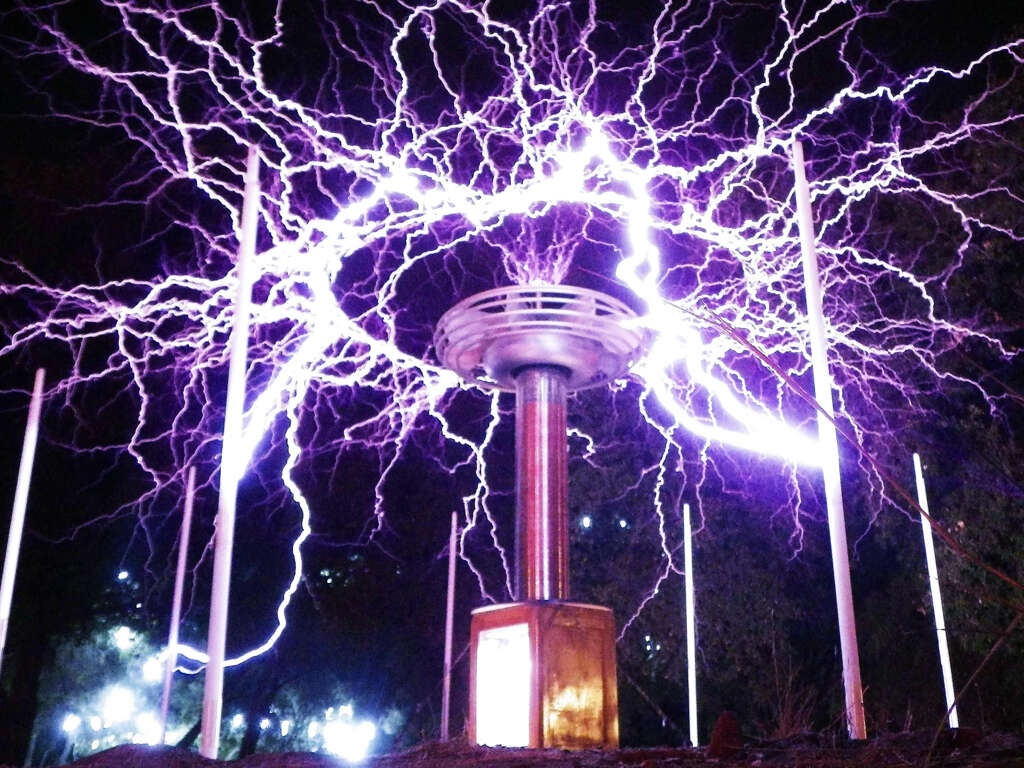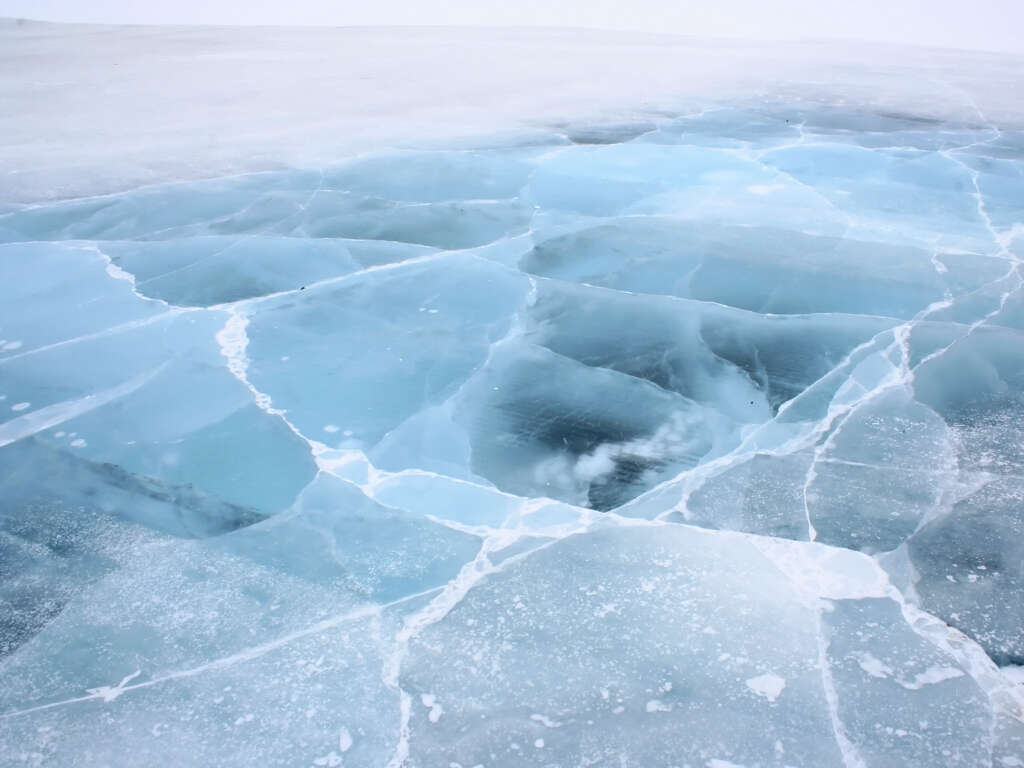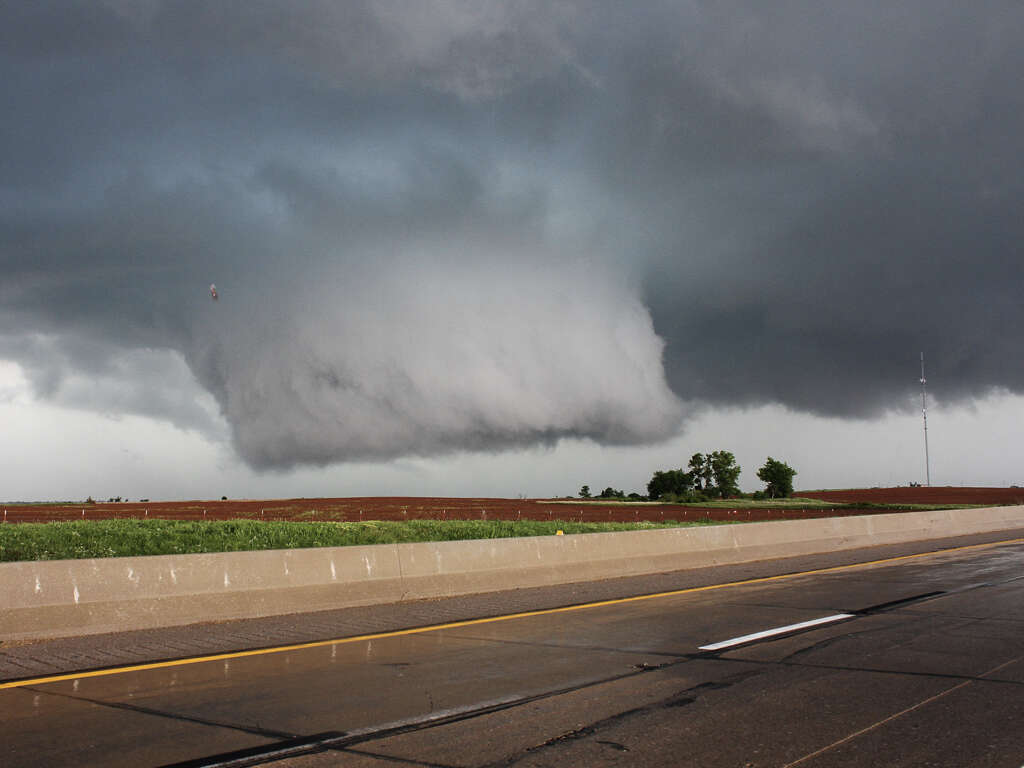Why Is The Sky Blue?
Go outside in the daytime when the weather is good and you will see something that is regularly witnessed the world over a blue sky. It is not always blue, of course, but still a lot of people are prompted to answer the question of how the sky gets its blue color.
The answer to the question lies with how light works and how it is affected by the environment around it. It can result in some rather dramatic effects, and here is a brief explanation of how it all works and, of course, why the sky has the blue color that it does.

1. Light Waves
Light is fascinating. We know that light is the fastest thing in the universe; nothing can travel faster. It travels at 299,792 kilometers every second and it takes just over 8 minutes for the light from the sun to reach our planet. Light also travels in waves, just like water does. The wavelength of light helps us to identify different colors. The shorter the wavelength, the closer we come to ultraviolet and the longer the wavelength, the closer we come to infrared. Our eyes cannot detect ultraviolet or infrared, and can only detect everything else in between.

2. The Rayleigh Effect
You have probably seen the Rayleigh effect in action before. Perhaps you have noticed when you looked through a window or other clear object that you see a range of different colors. When being demonstrated in schools and similar, a prism is used to get the best effect. When light passes through objects, such as a prism, the wavelengths of light are separated from each other.
This results in the different colors of the spectrum becoming clearly visible. When light from the sun reaches our atmosphere, molecules in the atmosphere allow the red light to pass through but they cause the blue light to scatter. Hence what the sky appears to be blue.

3. Molecules
It used to be thought that dust in the atmosphere was responsible for the light scattering as it does. This didn’t quite add up, however, because dust in the atmosphere would likely have led to more variation in the colors that we see. In 1911, it was confirmed that it was not dust that’s responsible, but molecules of gas.
The person who finally confirmed the truth of the matter was no other than the famous genius, Alfred Einstein. The gas molecules responsible are nitrogen, the most common gas in our atmosphere, and oxygen. Regardless, some people still make the mistake of claiming the phenomenon is caused by particles.

4. Why Not Violet?
As already explained, the sky is blue because it is the light with the shorter wavelength that gets scattered, rather than the redder colors with the longer wavelength. This does not answer the question completely, however. If it is the shorter wavelengths of light that are scattered, then why is the sky blue rather than violet?
Part of the reason for this is that our eyes are less sensitive to violet than they are to blue, meaning we detect more blue light than violet. There is also the matter of more violet light being absorbed high up in Earths atmosphere.

5. Red Sunsets
The sky is not always blue, of course. At night, it is black, which is basically because there is insufficient light because the suns rays are being blocked by the rest of our planet. At sunsets, you will notice the sky will become orange or even red in color. In some instances, it will even turn a pink/purple color.
The reason for this is particles in the air that are scattering the light. For examples, when you are on the coast, you are more likely to find that the sky will be red at sunset because of the increased number of salt particles that are in the air.

6. Orange Sun
The sun is the name that we give to the star that is at the center of our particular solar system. It appears as a large, yellow ball in the sky, but our sun is not actually yellow at all. If you were able to look directly at the sun when you are in space, you will see it as white. This is because it emits light of all frequencies, which makes it white light.
Our sun appears yellow to us because of the way the higher light waves of light are scattered by our atmosphere. The higher wavelengths are scattered, resulting in the blue sky, while the oranges and reds take a more direct path to our eyes, creating the orange/red color of the sun.

7. Blue Haze
In some parts of the world, particularly mountainous regions, you will see a sky that appears as a blue haze. Not only does the sky itself appear to be blue but the mountains themselves also appear to take on a blue color. It is a phenomenon commonly witnessed in Virginias Blue Ridge Mountains and Tennessee’s Smoky Mountains.
This is because of how hydrocarbons emitted by vegetation react with ozone molecules. These particles will scatter the blue light further, including light coming directly from the surrounding mountains, causing everything else to appear blue. It is best viewed from high up looking down on the surrounding landscape.

8. Blue Moon
As mentioned already, the sky appears to be black at night due to the lack of light from the sun. We still get some light, however, thanks to the suns light that reflects off the moon and onto Earth. We usually see the moon as a silvery gray coin shining brightly in the blackened sky, but this is not always the case. When a volcanic eruption takes place, it will likely send countless fine particles high up into the atmosphere.
These particles will cause the red light from the moon to scatter, leaving behind light at the bluer end of the spectrum. This will result in a stunning blue moon, and the same effect can be caused by large forest fires.
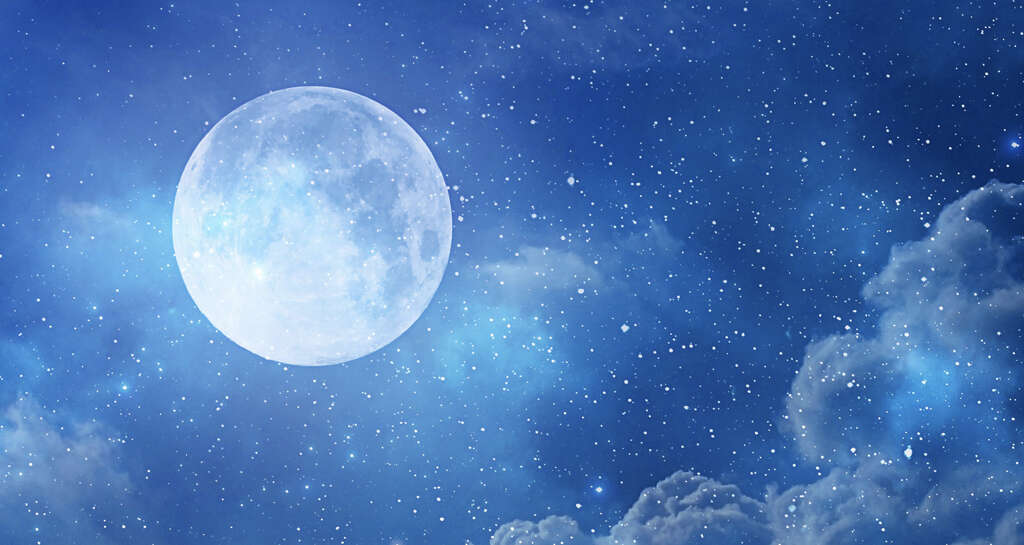
9. Mars Red Sky
Travelling to Mars is something that has fascinated us for generations, and the reality of doing so appears to be getting closer. We have not sent people there yet, but we have sent probes and explorers that have sent us back information about the planet, including pictures from its surface. A common question is why Mars sky appears to be red.
The simple answer to this is that Mars is a dusty, dry planet and storms will occasionally send countless red dust particles into the sky, hence its appearance. When the particles have settled, Mars sky will be as blue as ours is, only it will be a deeper blue.
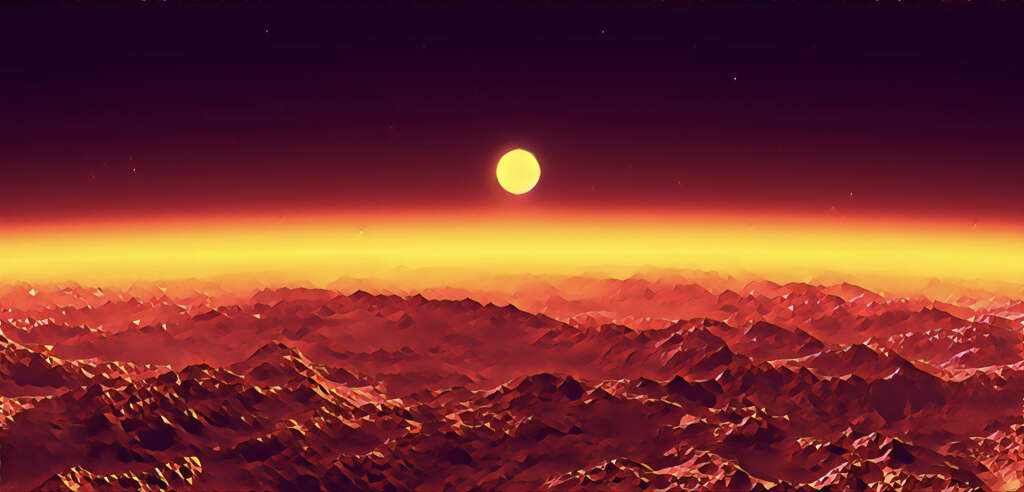
10. Rainbows
Rainbows are among the most beautiful natural phenomenon we are likely to see. They can stretch from one end of the sky to the other and will often have vivid colors, clearly showing every color in the spectrum. They can also appear anywhere on the planet when conditions are right, but what are they?
When the sun is out and there is sufficient moisture in the air, such as when it is raining, the light from the sun will travel through the water droplets. This will cause the different wavelengths to separate and refract in the same way they do with a prism. When conditions are ideal, you might even see a double rainbow, which is a larger, fainter rainbow arching over the top of the smaller, brighter one.







